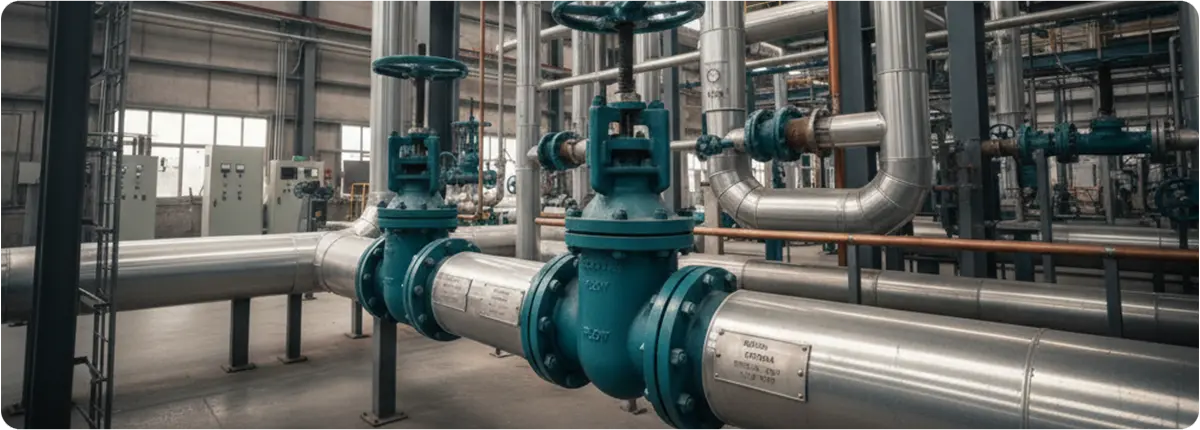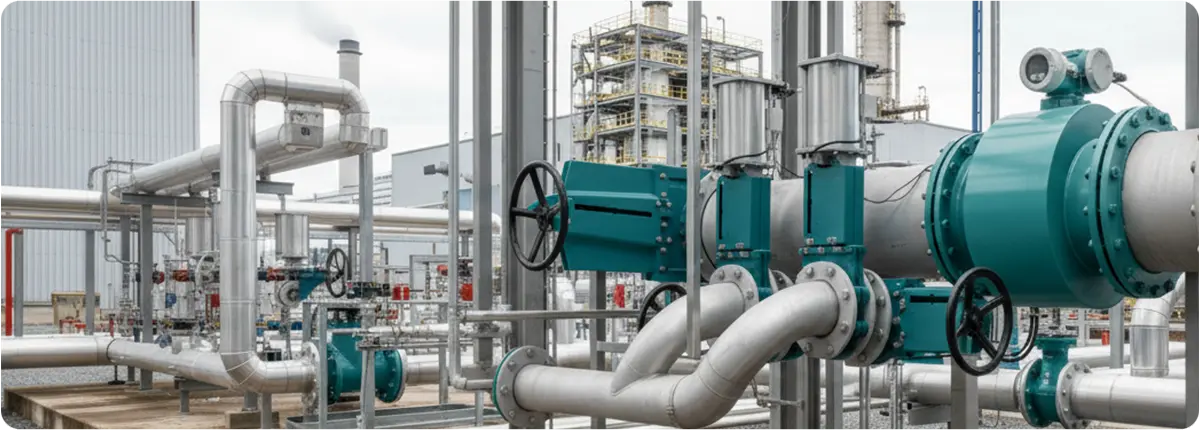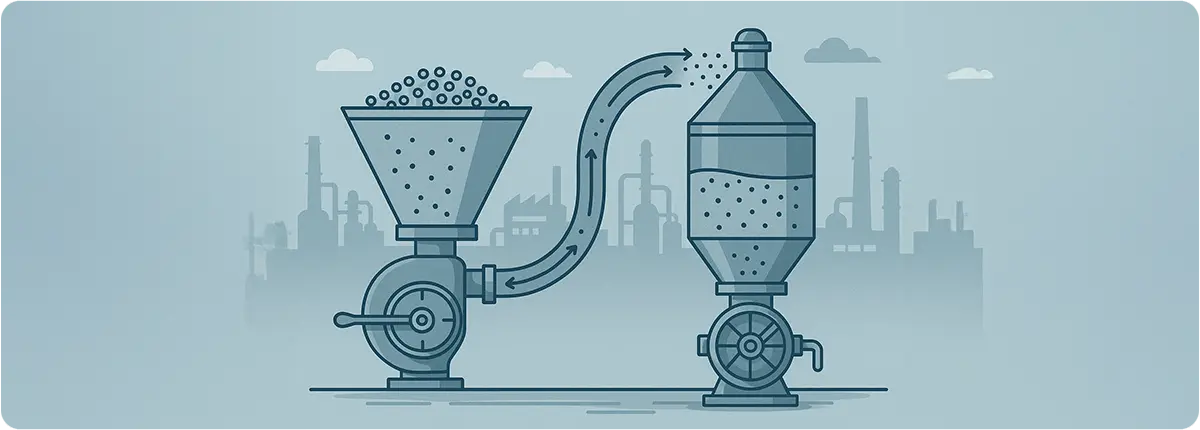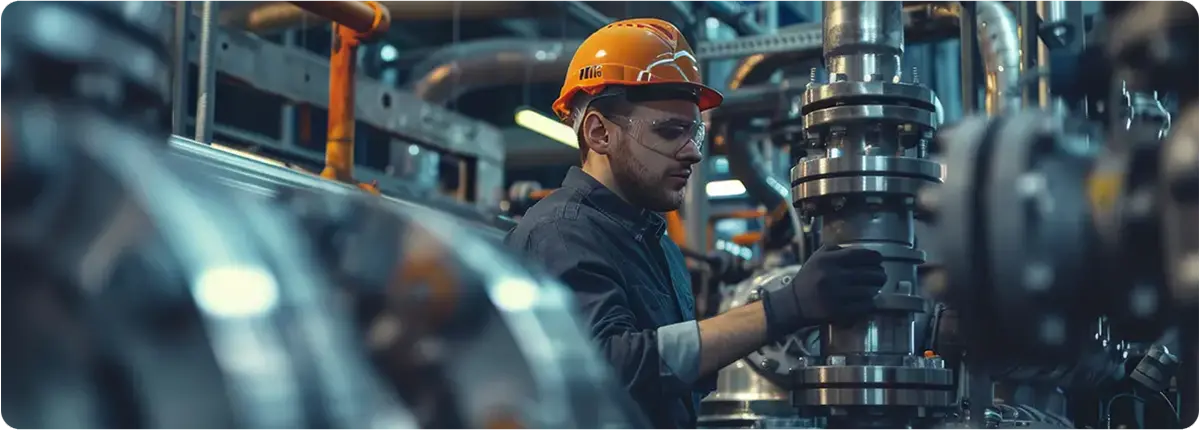In industrial fluid handling systems, valve selection plays a crucial role in ensuring process efficiency, safety, and reliability. Among the wide variety of valve designs, plug valves stand out for their simple quarter-turn mechanism, compact design, and ability to provide tight shut-off. Their versatility makes them a popular choice across industries such as oil and gas, chemical processing, wastewater treatment, and power generation.

DESIGN AND WORKING PRINCIPLE
A plug valve consists of a cylindrical or tapered plug housed inside a valve body. The plug contains a through-hole (port) that allows fluid to pass through when aligned with the flow path. By rotating the plug 90 degrees, the flow is either fully opened or completely shut off.
Key design elements include:
- Valve body: Typically made of cast steel, stainless steel, or ductile iron.
- Plug: Cylindrical or conical, with one or more ports.
- Sealing mechanism: Can be lubricated (using sealant) or non-lubricated (using sleeve or elastomer liners).
- Actuation: Operated manually (lever or gear), pneumatically, hydraulically, or electrically.
TYPES OF PLUG VALVES
- Lubricated Plug Valves: Use sealant injected around the plug to reduce friction and improve sealing. Common in oil & gas pipelines.
- Non-Lubricated Plug Valves: Use PTFE or elastomer sleeves for low-maintenance operation. Popular in chemical and food processing.
- Eccentric Plug Valves: Feature an off-centered plug for better sealing and lower torque. Used widely in wastewater systems.
- Expanding Plug Valves: Mechanically expand during operation for bubble-tight sealing. Ideal for critical isolation services.
- Multi-Port Plug Valves: Enable multiple flow paths for redirection between pipelines. Common in chemical and batch process applications.
APPLICATIONS OF PLUG VALVES
- Oil & Gas: Upstream and downstream pipeline control.
- Chemical Processing: Resistant to corrosion; often made from stainless steel or lined bodies.
- Water/Wastewater: Eccentric plug valves used in treatment and distribution systems.
- Power Generation: Cooling water, condensate, and auxiliary systems.
- Food & Beverage: Non-lubricated hygienic designs prevent product contamination.
ADVANTAGES OF PLUG VALVES
- Quick operation with quarter-turn mechanism
- Compact and simple construction
- Handles slurry and viscous fluids effectively
- Available in multi-port configurations
- Reliable sealing in high-pressure service
- Durable under extreme temperature conditions
LIMITATIONS
- High torque required for large diameters
- Not ideal for throttling applications
- Lubricated designs need periodic maintenance
- Higher pressure drop compared to ball valves
SELECTION CRITERIA
- Media Type: Corrosive, slurry, or clean fluids.
- Pressure/Temperature: High pressure favors lubricated or expanding types.
- Actuation: Manual for small valves; pneumatic or electric for automation.
- Maintenance: Non-lubricated = lower maintenance, lubricated = longer service life.
- Flow Path: Multi-port types reduce the need for multiple valves.
ENGINEERING NOTES
Flow Coefficient (Cv) is generally lower than ball valves due to internal restrictions. The pressure drop (ΔP) can be estimated using:
ΔP = Q² / (Cv² × SG)
Where Q = flow rate (gpm), and SG = specific gravity. Torque varies based on valve size, sealing type, and medium; actuator sizing must account for torque demand.
COMPARISON TABLE
| Feature | Plug Valves | Ball Valves | Gate Valves |
|---|---|---|---|
| Operation | Quarter-turn | Quarter-turn | Multi-turn |
| Sealing | Good to bubble-tight | Excellent shut-off | Moderate |
| Throttling | Limited | Limited | Fair |
| Maintenance | Medium | Low | Medium |
| Applications | Oil & gas, wastewater | General process, utilities | Pipeline isolation |
CONCLUSION
Plug valves are reliable, versatile, and efficient solutions for quick shut-off and flow control applications. Their various configurations — including lubricated, non-lubricated, eccentric, expanding, and multi-port types — make them adaptable to diverse industrial needs. With proper selection and maintenance, plug valves provide long-term performance, minimize downtime, and optimize operational cost efficiency.


